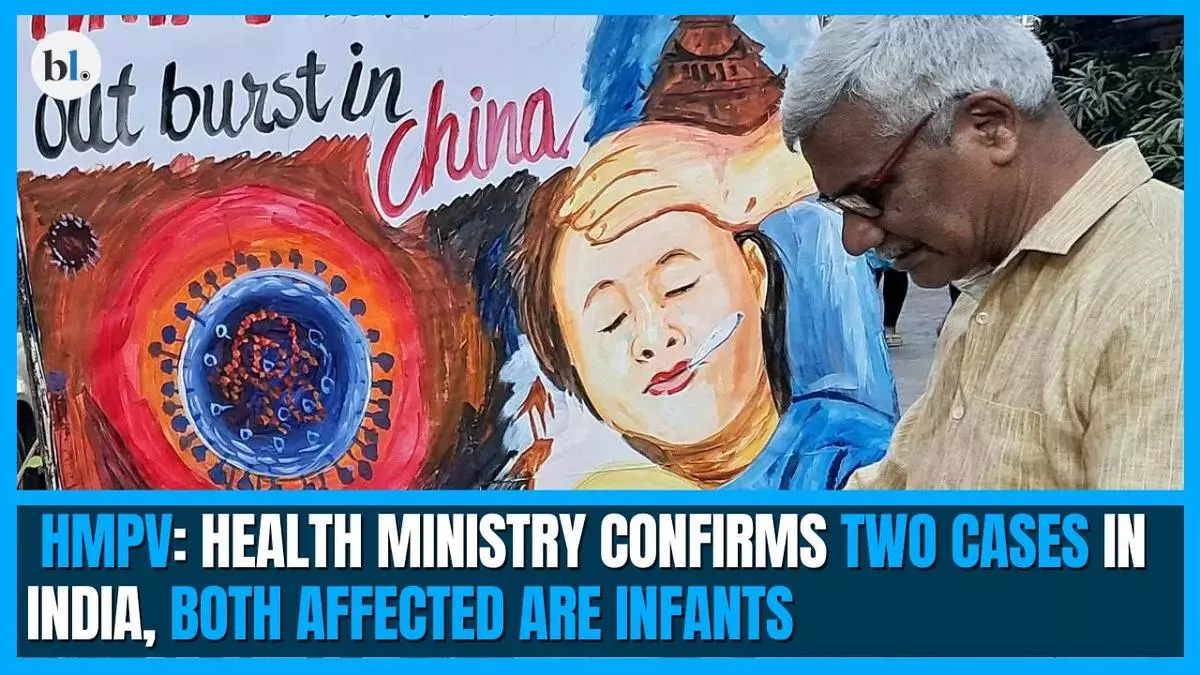Micro irrigation has emerged as a transformative force in Indian agriculture, driving efficient water management, enhanced crop yields, and improved soil health. Advances in technology, coupled with sustainable farming practices, are unlocking vast potential for the future of agriculture.
Madhya Pradesh, a key agricultural state with approximately 64 per cent of its population engaged in farming, faces significant challenges, particularly water scarcity. This issue critically affects crops such as soyabean, wheat, chickpea, vegetables, orchards, and cotton. However, adopting advanced irrigation solutions like drip irrigation and sprinklers is revolutionising the region’s farming landscape. With Netafim’s Toofan Dripline irrigation system farmers have reported water savings of up to 50 per cent, enabling them to expand irrigated areas and grow more crops without increasing water consumption.
- Also read: Role of technology in delivering farm-fresh goods
Modern micro-irrigation systems have redefined irrigation practices by addressing common challenges such as clogging and inconsistent water flow. Innovative mechanisms, such as cyclonic turbulence within drippers, ensure uninterrupted water delivery even under demanding conditions, significantly reducing wastage and ensuring reliability. These advancements maintain consistent soil moisture levels, which are essential for healthy root development and optimal crop growth. In cotton cultivation, for instance, controlled irrigation ensures adequate moisture during critical growth phases, enhancing both yield and fibre quality. Across multiple crops, these systems have demonstrated remarkable improvements in productivity and grain quality.
Boosting yields and quality
Farmers across Madhya Pradesh are witnessing significant benefits from adopting modern micro-irrigation systems. Yield increases of 30 per cent to 50 per cent have been reported in certain areas. In the Nimar region, farmers experienced a 40 per cent growth in crop yields over approximately 5,000 acres, according to report by Netafim India.
Individual success stories highlight the transformative impact of these systems. Mahesh Yadav from Gogava reported a 30 per cent increase in his chilli yield, enabling reinvestment in better-quality seeds and fertilizers. Similarly, in the Khargone district, Ajay Sisodiya improved his gram yield from 5 quintals per acre to 7.5 quintals per acre. Farmers in Dhar district have also seen notable increases in output and efficiency. In both cases, the Toofan Dripline system played a crucial role in ensuring efficient water use and enhanced productivity.
Expanding irrigated land
One of the most profound advantages of modern irrigation systems is the ability to cultivate more land using fewer water resources. Advanced irrigation technology has enabled farmers to grow water-intensive crops on previously underutilised plots. For example, Golukamal Yadav from Khargone district saved 75 per cent of water over a seven-month crop cycle, resulting in an 80 per cent increase in chilli yield. Similarly, Mahesh Yadav achieved water savings of 70 per cent while maintaining consistent chilli production. Banana farmer Mahendra Singh Tomar of Lohara village reported a 150 quintal per acre increase in yield, alongside 50 per cent water savings and improved crop quality.
A path toward sustainable growth
The advances in micro irrigation in Madhya Pradesh demonstrate the potential of modern technology to address critical challenges like water scarcity while fostering sustainable agricultural growth. By extending these practices to more farms, the state can bolster food security, stabilise farmers’ incomes, and align with national agricultural priorities.
Madhya Pradesh’s success offers a model for other regions, underscoring the importance of technological innovation, farmer awareness, and policy support in creating a sustainable future for agriculture.









Leave a Comment